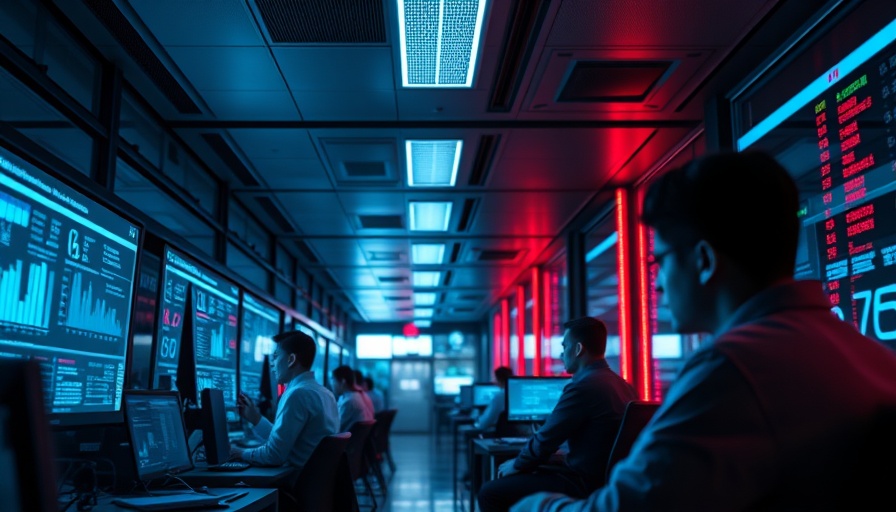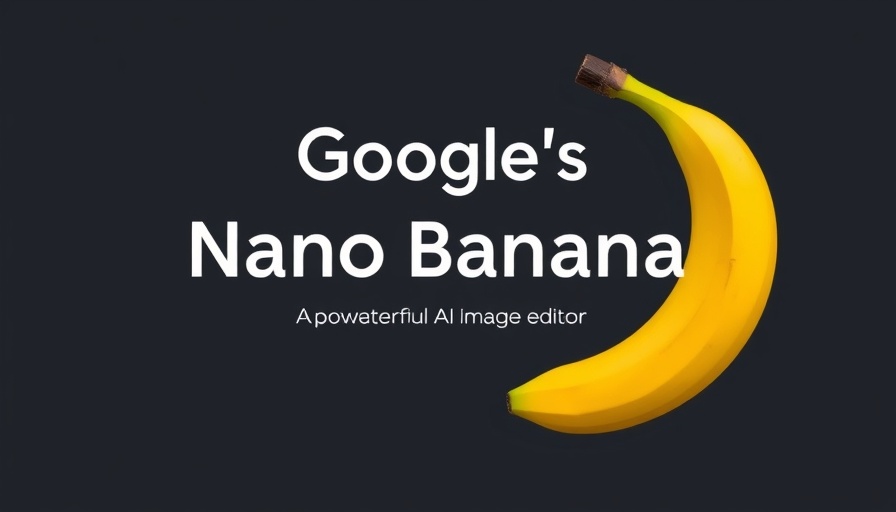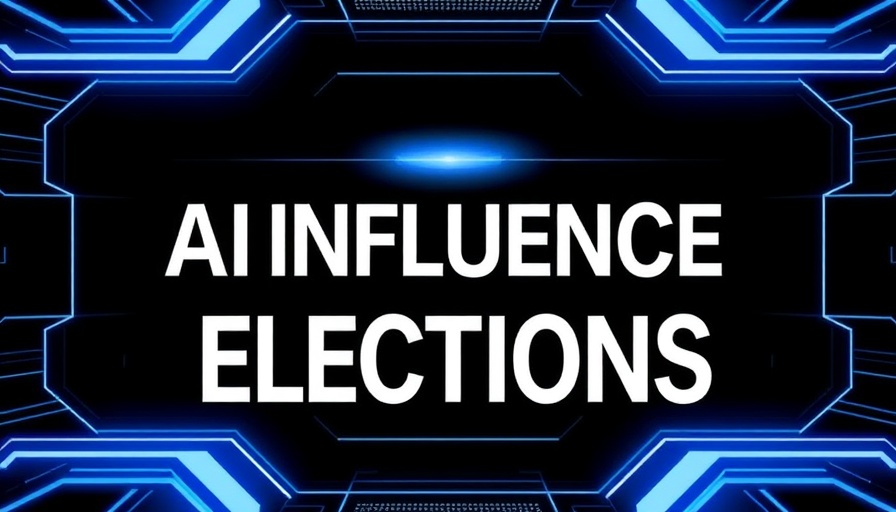
The Ambiguous Future: AI's Double-Edged Sword in Employment
As organizations like Duolingo embrace an "AI-first" model, the job market faces pressing uncertainties about automation's true impact. CEO Luis von Ahn is driven by the promise that relinquishing low-level tasks to AI can empower employees to engage in more creative endeavors. This vision, however, raises questions: what kinds of higher-order tasks are anticipated, and can AI deliver quality work that matches human benchmarks?
Contrasting this optimism, a recent study conducted by economists Anders Humlum and Emilie Vestergaard presents a more tempered view. Analyzing the experiences of over 25,000 workers in various sectors that interact with AI—such as journalism and accounting—they found no significant shifts in earnings or recorded work hours despite AI's rapid proliferation. This suggests that while AI tools may make certain tasks more efficient, they have not fundamentally transformed labor demands.
What Lies Ahead for the Workforce?
The debate about AI's role in employment isn't just theoretical; it’s at the forefront of current discussions among tech leaders. Shopify's Tobi Lütke advocates for justifying human roles through tangible results, hinting at a future where automation is prioritized wherever feasible.
In this evolving landscape, the challenge lies in redefining job roles amid automation—while some view AI as a liberator from mundane work, others worry about its potential to disrupt job stability. As AI continues to evolve, so too will our understanding of its implications for the job market, making it essential for workers and employers to adapt to a shifting economic paradigm.
Rethinking Our Approach to AI Integration
For workers and businesses alike, navigating these changes requires proactive thought. Understanding AI's impact is increasingly crucial, as it offers opportunities for innovation and growth while also demanding a reevaluation of job roles. By investing in training, fostering creativity, and being open to new technologies, both employees and employers can find a way forward in this exciting yet uncertain era.
 Add Row
Add Row  Add Element
Add Element 



Write A Comment